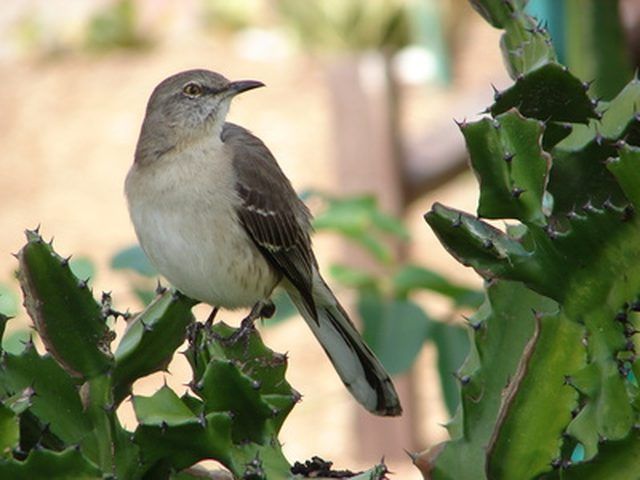Bulbs
Flower Basics
Flower Beds & Specialty Gardens
Flower Garden
Garden Furniture
Garden Gnomes
Garden Seeds
Garden Sheds
Garden Statues
Garden Tools & Supplies
Gardening Basics
Green & Organic
Groundcovers & Vines
Growing Annuals
Growing Basil
Growing Beans
Growing Berries
Growing Blueberries
Growing Cactus
Growing Corn
Growing Cotton
Growing Edibles
Growing Flowers
Growing Garlic
Growing Grapes
Growing Grass
Growing Herbs
Growing Jasmine
Growing Mint
Growing Mushrooms
Orchids
Growing Peanuts
Growing Perennials
Growing Plants
Growing Rosemary
Growing Roses
Growing Strawberries
Growing Sunflowers
Growing Thyme
Growing Tomatoes
Growing Tulips
Growing Vegetables
Herb Basics
Herb Garden
Indoor Growing
Landscaping Basics
Landscaping Patios
Landscaping Plants
Landscaping Shrubs
Landscaping Trees
Landscaping Walks & Pathways
Lawn Basics
Lawn Maintenance
Lawn Mowers
Lawn Ornaments
Lawn Planting
Lawn Tools
Outdoor Growing
Overall Landscape Planning
Pests, Weeds & Problems
Plant Basics
Rock Garden
Rose Garden
Shrubs
Soil
Specialty Gardens
Trees
Vegetable Garden
Yard Maintenance
How to Build a Bird House for a Mockingbird
How to Build a Bird House for a Mockingbird. The mockingbird derives its name from the ability to mimic many other bird species. A mockingbird can mimic as many as thirty different bird calls in a single sequence; making it a desirable bird in most gardens and yards because it brings so many bird songs to the area. Mockingbirds do not typically...

The mockingbird derives its name from the ability to mimic many other bird species. A mockingbird can mimic as many as thirty different bird calls in a single sequence; making it a desirable bird in most gardens and yards because it brings so many bird songs to the area. Mockingbirds do not typically roost in man-made bird houses, but it is possible to create a house fit for a mockingbird by creating a more natural nesting environment.
Things You'll Need
Cedar lumber
Hammer
Nails
Saw
Foliage
Paint
Create a pattern for your bird house, or purchase a pre-designed pattern. The bird house that you design should be large enough to accommodate a mockingbird family, but lacking the bells and whistles of a decorative bird house since you will be tailoring it to suit mockingbirds.
Build the base of the mockingbird house. Cedar lumber is a good choice because it is a preferred tree by mockingbirds. Other suitable lumber choices for this project include dogwood and sumac. The mockingbird house should have square or rectangular sides with a sturdy floor.
Add the roof to the mockingbird house. This can be a pitched roof or a flat roof. The type of roof that you use does not matter, as long as it is sturdy and provides shelter for the birds that live inside. Make sure that the roof connects sturdily to the base of the birdhouse.
Cut a hole in the front of the mockingbird house. Make sure that you size the hole big enough to accommodate a mockingbird, which is generally around 10 inches long.
Paint the finished house in a natural color, such as the color of the trees in your landscape. Mockingbirds do not tend to use man-made bird houses unless they resemble part of the landscape.
Cover the house with dried or silk leaves and other faux foliage. The goal here is to make the bird house look like part of the backdrop without it blending in completely.
Situate the mockingbird house in an area where there is plenty of natural foliage, such as up in a tree rather than hanging from a branch. Surround the house with plants that mockingbirds enjoy such as blackberries, hollies, wild grapes, elderberries and hackberries. They also tend to prefer dogwood, red cedar and sumac trees.